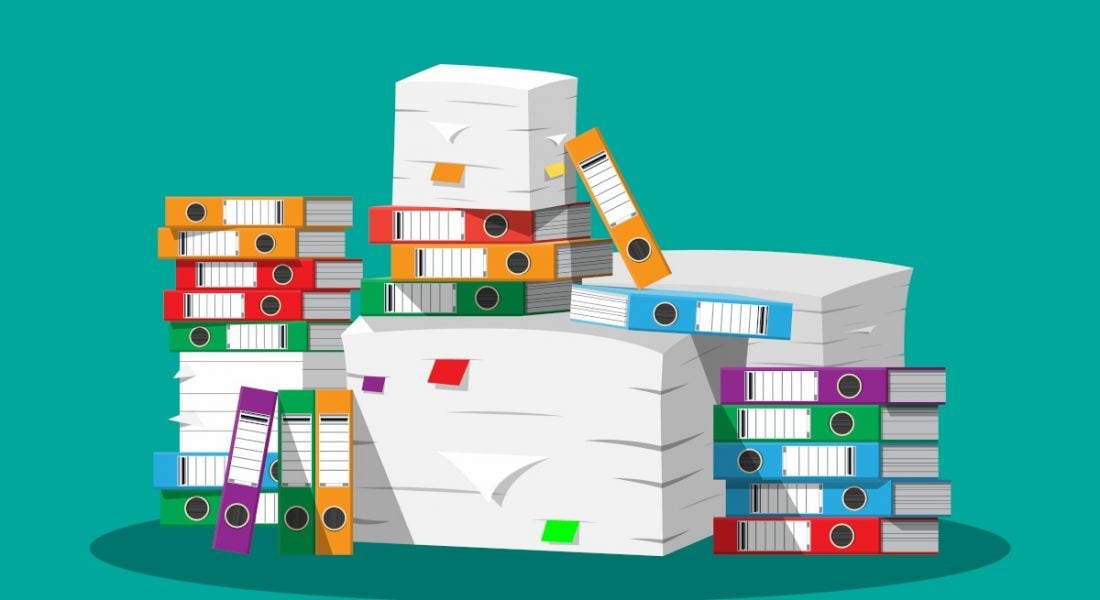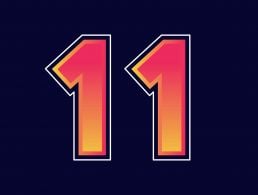The term data wrangling refers to the processes involved in translating raw data into a more usable form. You might see it being called ‘data munging’ too.
Let’s look at everything that’s involved in data wrangling, including the tools you can use for it, as well as the skills you’ll need to be a good data wrangler.
Data wrangling is quite similar to data cleaning, which is all about removing incorrect data from data sets. But there’s more to data-wrangling than simply ensuring the data is correct or ‘clean’.
Data wrangling sounds fairly complicated, and it can be. The term also refers to a number of simple things data professionals do with data every day. It’s like quality control, but for data.
Examples of data wrangling
Examples of data wrangling include: finding gaps in data and filling them in; merging several data sources into a single dataset for analysis; deleting irrelevant data; deleting outliers in data; accounting for discrepancies in data; and merging several data sources into a single set for analysis.
Indeed, analysis is a large reason for data wrangling to be carried out in the first place.
Analytics professionals need to work with clean and usable data in order to extract valuable information from it. So, data scientists take care of the data wrangling bit first.
Data wrangling steps
Like a lot of things nowadays, data wrangling can be automated using technology. The various steps involved in translating raw data into usable data can be carried out using software.
A lot of data professionals work with such large and unwieldy datasets that they need machine learning tools to help them speed up the process.
Before we look at the typical steps involved in data wrangling, it’s important to note that the process is not set in stone. It depends on what type of data you’re working with, how large your data set or sets are and what kind of resources you and your team have at your disposal.
Sometimes organisations don’t have data scientists to perform all the quality control ‘wrangling’ steps for them. They have to do it themselves.
Generally speaking, the process of wrangling data does follow a procedure.
First of all, you’ll need to familiarise yourself with the data you’ve got. This will help you decide what needs to be done with it and what kind of shape it is in.
Next, you can move on to structuring and then cleaning. As we mentioned in the introduction, cleaning is a very important step because it gets rid of errors that may distort your analytics.
Equally important is validation. This step involves verifying data and ensuring it is consistent and high quality. Validation is often done using software.
Data wrangling tools
If you’re working with data as part of a smaller organisation that doesn’t have the luxury of employing a data science team, there are a couple of basic tools out there to assist you.
Excel spreadsheets is perhaps one of the most widely used and well-known tools for dealing with data.
If you have programming skills, you might be able to use OpenRefine, which is an automated data cleaning tool.
Tabula is another tool that is suited for all data types. There’s also Google DataPrep, a tool that explores, cleans and prepares data.
Skills to be a data wrangler
As previously mentioned, some of the tools you can use to get to grips with your data require some programming skills.
Some good programming languages to know for data science are Python, SQL and R.
You will also need good knowledge of maths and statistics to be good at data science.
But in terms of being a good data wrangler, there is a lot more to it than the technical skills. You have to have good attention to detail to spot mistakes. You also need to be able to think critically and assess the quality of your data at the various stages of the wrangling process.
10 things you need to know direct to your inbox every weekday. Sign up for the Daily Brief, Silicon Republic’s digest of essential sci-tech news.




